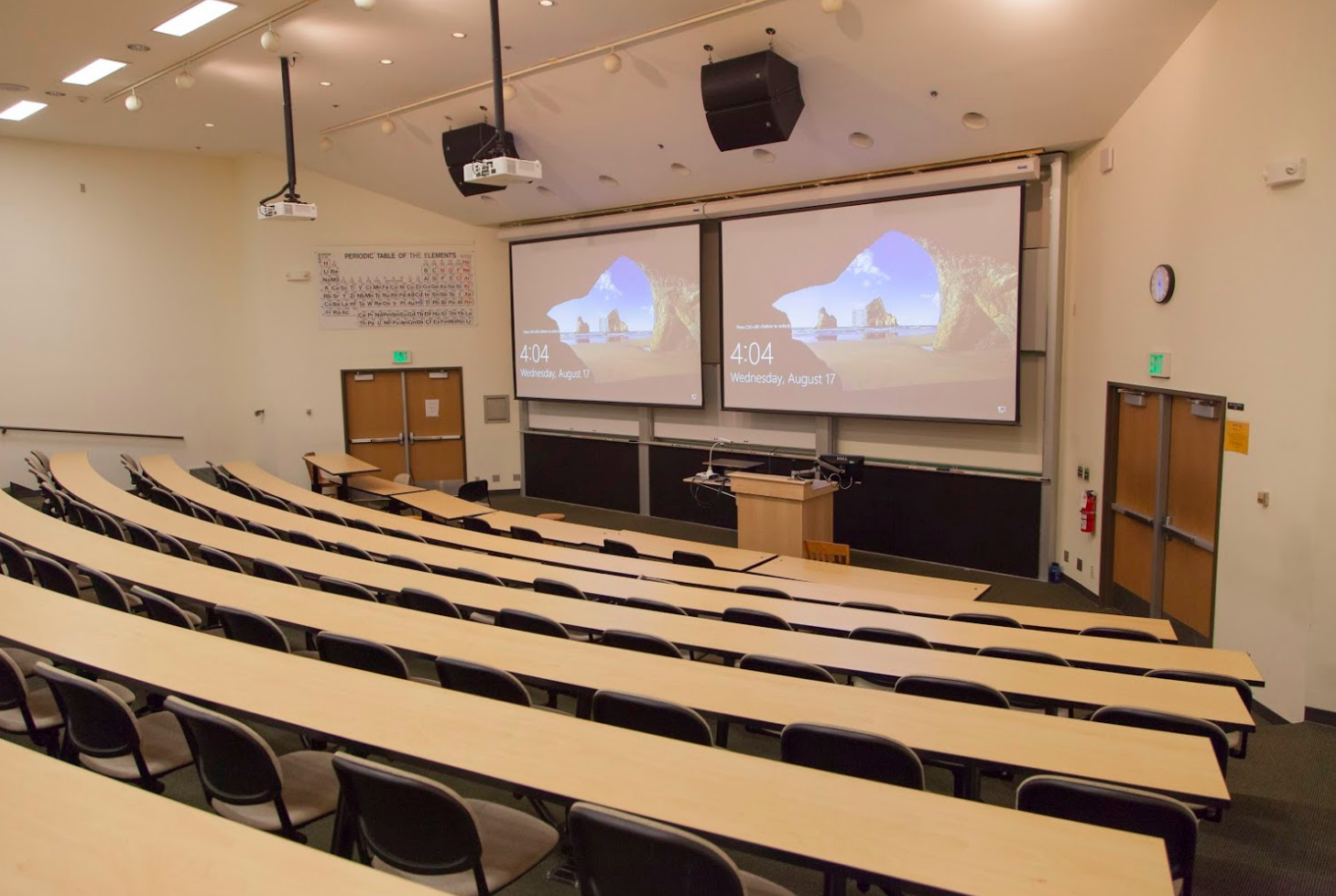Biruktawit here with another blogggg! Whooo!
This blog is a continuation of Understanding the U.S. Education System: Key Differences for International Students so if you have not checked that out, here's where you can find it.
What part of the first blog you found interesting? Comment down below.

In the previous blog post, I had explored in detail the U.S education curriculum and course selection and grading and evaluation. In part 2 of this blog, I am going to continue to help you understand the U.S education system by specifically looking at the education structure, classroom dynamics, campus life and support services as well as cultural adjustments.
Education structure
Understanding the education structure is pivotal for any international student. In the U.S., the system is divided into levels: elementary school, middle school, high school, and higher education (college or university). However in this section, we'll focus on the college level.
Classroom dynamics
Classroom dynamics in the U.S. differ from many other countries. Active student participation is encouraged, with discussions, group projects, and presentations being integral parts of the learning experience. Professors often serve as facilitators, fostering an environment where critical thinking and creativity are valued. I understand that you might be the silent observer and prefer listening to lecture rather than actively participate but I guarantee that the benefits are rewarding.
Colleges and universities offer diverse academic programs. Understanding the distinction between community colleges and four-year institutions is crucial for making informed decisions about one's educational path.

Campus life and support services
Embarking on the college journey in the U.S. extends far beyond the classrooms. Campus life is vibrant, with a myriad of clubs, sports, and cultural activities. Support services, such as career counseling, health services, and academic advising, play a pivotal role in ensuring students thrive both academically and personally.

Cultural Adjustments
Perhaps one of the most significant aspects for you as an international student is adjusting to a new culture. From communication styles to social norms, embracing these differences can be both challenging and rewarding. In this section, I'll explore strategies to navigate cultural adjustments successfully.
Understanding and adapting to a new academic and cultural environment can present unique challenges for international students. It's natural to feel a mix of excitement and uncertainty as you embark on this journey. Embrace the opportunity to broaden your horizons and explore new perspectives. While it may take time to adjust, remember that you're not alone. Seek out support from fellow students, faculty members, and campus resources to help navigate the unfamiliar terrain. With determination and a willingness to learn, you'll gradually acclimate to your new surroundings and thrive in your academic pursuits.
So, fellow international students, embrace the journey with open arms, savor every moment of cultural exploration, and remember to laugh, learn, and celebrate the wonderful tapestry of diversity that makes our world so beautifully unique. Here's to the exciting chapters ahead and the endless possibilities that await us on this global academic odyssey!















